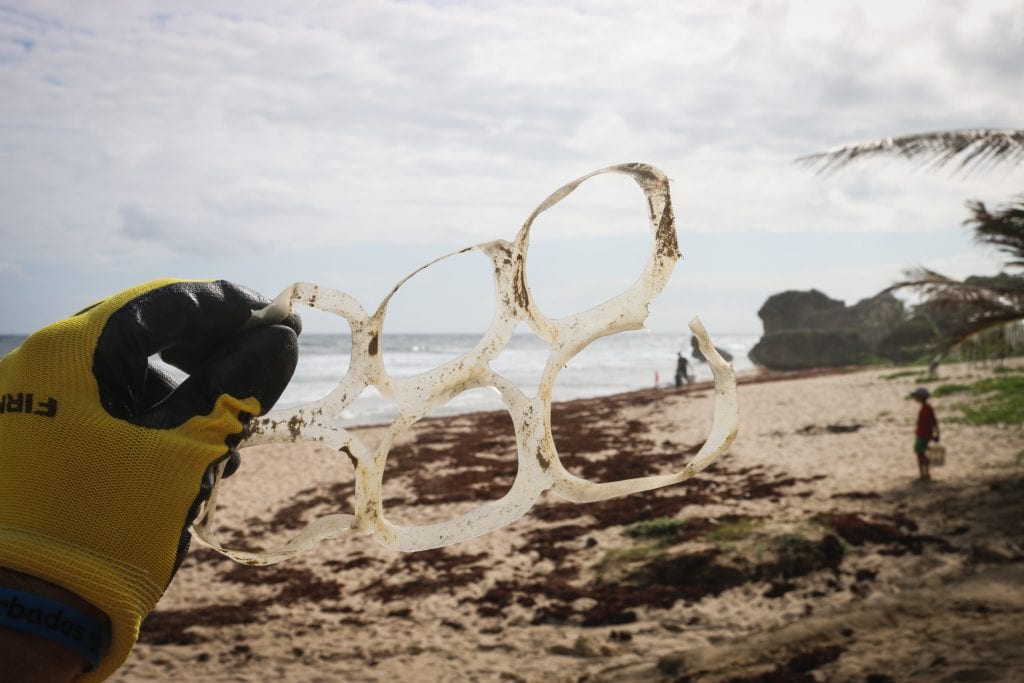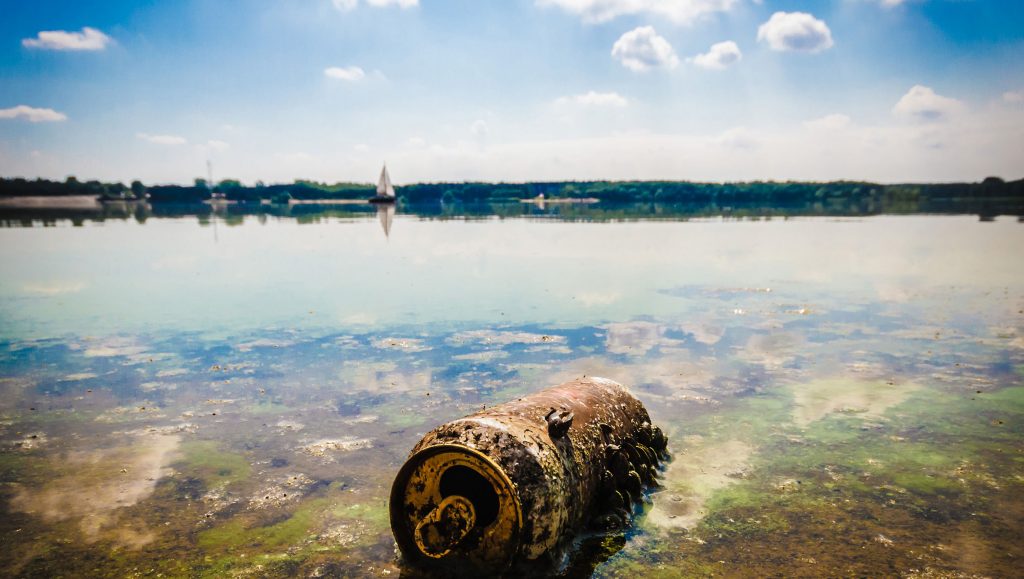
Virtually all types of water pollution are harmful to the health of humans and animals. Water pollution may not damage our health immediately but can be harmful after long term exposure. Different forms of pollutants affect the health of animals in different ways:
- Heavy metals from industrial processes can accumulate in nearby lakes and rivers. These are toxic to marine life such as fish and shellfish, and subsequently to the humans who eat them. Heavy metals can slow development; result in birth defects and some are carcinogenic.
- Industrial waste often contains many toxic compounds that damage the health of aquatic animals and those who eat them. Some of the toxins in industrial waste may only have a mild effect whereas other can be fatal. They can cause immune suppression, reproductive failure or acute poisoning.
- Microbial pollutants from sewage often result in infectious diseases that infect aquatic life and terrestrial life through drinking water. Microbial water pollution is a major problem in the developing world, with diseases such as cholera and typhoid fever being the primary cause of infant mortality.
- Organic matter and nutrients causes an increase in aerobic algae and depletes oxygen from the water column. This causes the suffocation of fish and other aquatic organisms.
- Sulfate particles from acid rain can cause harm the health of marine life in the rivers and lakes it contaminates, and can result in mortality.
- Suspended particles in freshwater reduces the quality of drinking water for humans and the aquatic environment for marine life. Suspended particles can often reduce the amount of sunlight penetrating the water, disrupting the growth of photosynthetic plants and micro-organisms.
Dangers to our Economy
Water pollution can be damaging to the economy as it can be expensive to treat and prevent contamination. Waste that does not break down quickly accumulates in the Earth’s waters and eventually makes its way to the oceans.
Water pollution can be prevented by stopping pollutants from contaminating nearby waters. There are a number of water treatments to prevent pollution such as:
- Biological filters
- Chemical additives
- Sand filters
These simple techniques cost money to maintain, but prevention is much cheaper than cleaning up water pollution that has already occurred. The cost of a pollution clean-up depends on many factors:
- The location of the pollution is important in determining how much the clean-up will cost. If the contamination is in an area that is easy to get to, then the clean up cost will be cheaper.
- The contamination size also needs to be considered, the larger the area of contamination, the more expensive the cost of the clean-up.
- The type of pollutant may also have an effect on the clean-up cost, some pollutants are more difficult to clean up than others, and therefore more expensive.

Dangers to our Environment
There are many different types of water pollution and all have a different adverse effect on the environment.
- Heavy metals from industrial processes can accumulate in nearby lakes and rivers. These are toxic to marine life such as fish and shellfish, and can affect the rest of the food chain. This means that entire animal communities can be badly affected by this type of pollutant.
- Industrial waste often contains many toxic compounds that damage the health of aquatic animals and those who eat them. Some toxins affect the reproductive success of marine life and can therefore disrupt the community structure of an aquatic environment.
- Microbial pollutants from sewage often result in infectious diseases that infect aquatic life and terrestrial life through drinking water. This often increases the number of mortalities seen within an environment.
- Organic matter and nutrients causes an increase in aerobic algae and depletes oxygen from the water column. This is called eutrophication and causes the suffocation of fish and other aquatic organisms.
- Sulfate particles from acid rain change the pH of water making it more acidic, this damages the health of marine life in the rivers and lakes it contaminates, and often increases the number of mortalities within an environment.
- Suspended particles can often reduce the amount of sunlight penetrating the water, disrupting the growth of photosynthetic plants and micro-organisms. This has subsequent effects on the rest of the aquatic community that depend on these organisms to survive.
Remember, always choose remedies at home that does not pollute the water. Chose water softeners, and cleaning products without chemicals.
